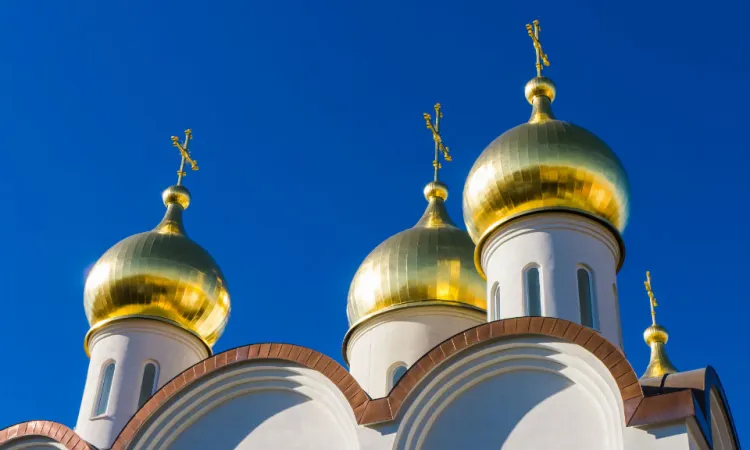Jan 2, 2018
As is readily acknowledged on both sides, Catholics and Orthodox already have much in common - acceptance of the teaching of the first seven general councils of the Church, the sacraments including the Eucharist, and the apostolic succession of their bishops. It adds up to what Pope Francis, writing to Orthodoxy's Ecumenical Patriarch of Constantinople, Bartholomew, recently called "a profound closeness" between the two bodies.
But serious doctrinal differences remain, with papal primacy - the universal jurisdiction of the pope - generally seen as most serious. Here, Pope Francis's vision of "synodality" - regional councils of bishops with some jurisdiction over local churches in their regions - may point to a way of resolving the difficulty.
Beyond doctrine, however, there's also the existential reality of much ugly history between East and West both before and since the definitive split in the year 1054. The hard feelings and suspicions that have festered in the millennium-plus since then won't be overcome easily.
The key to progress beyond that already achieved during the last half-century through dialogue and friendly gestures rests with the Russian Orthodox Church, with slightly over 100 million members by far the largest body among worldwide Orthodoxy's 260 million. For that reason if no other, Roman Catholics would do well to learn more about the Russian Orthodox than most probably know now.


